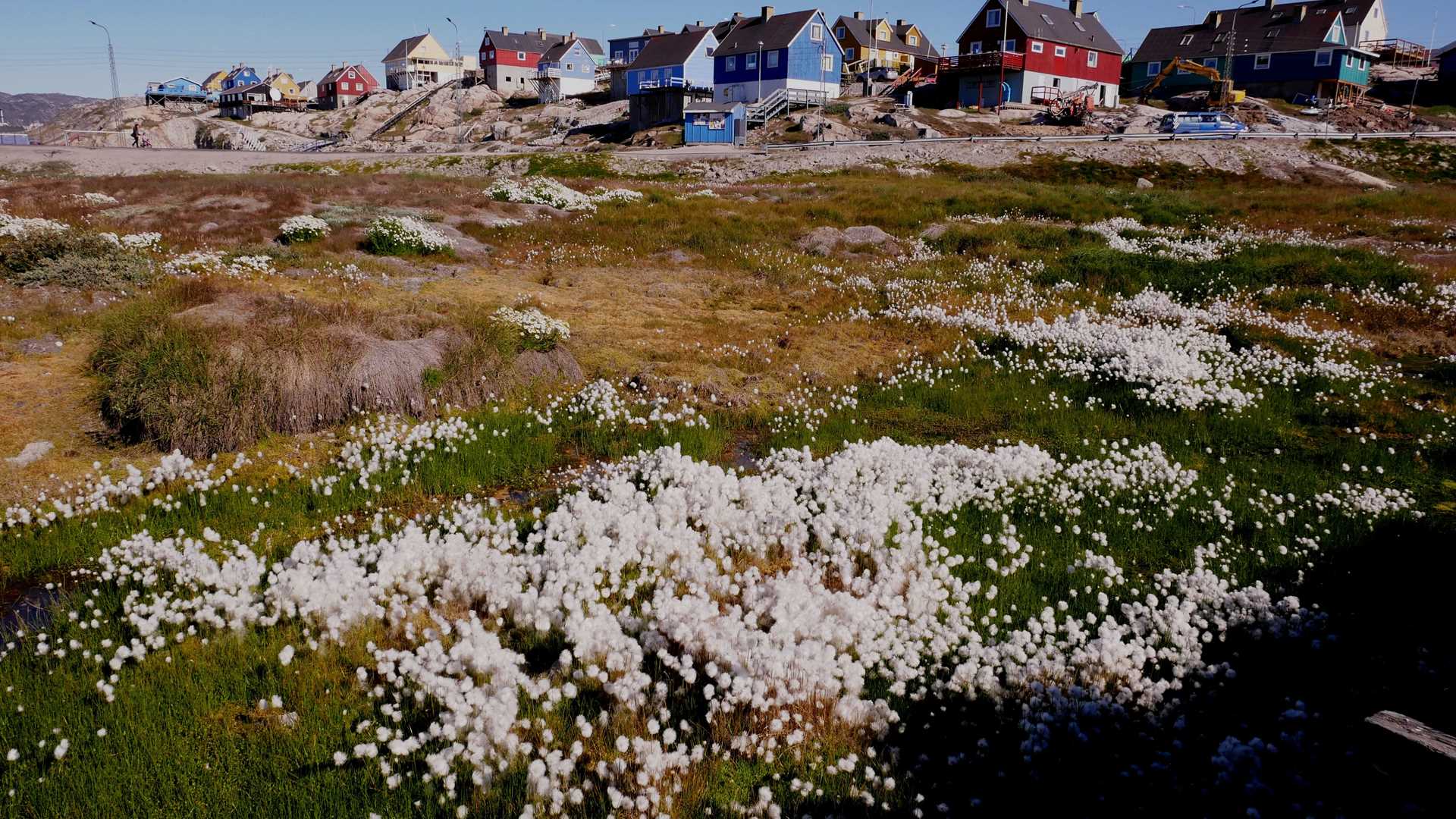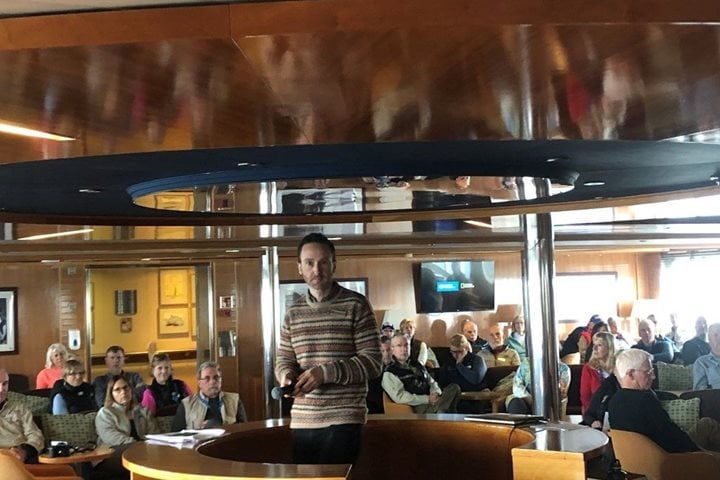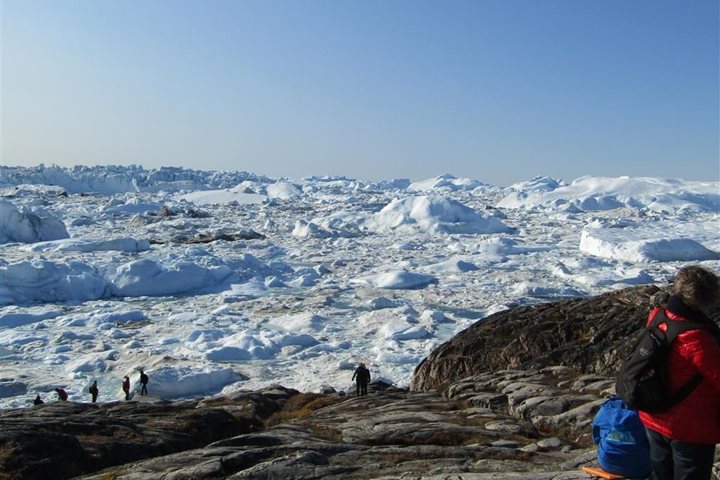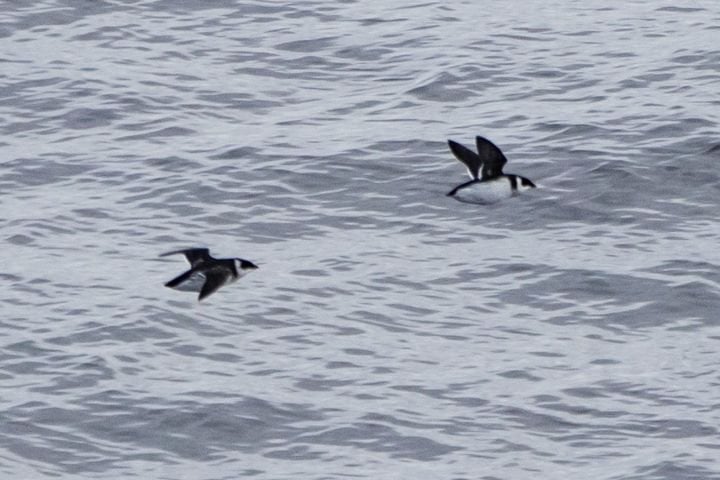We arrived in the western Greenland town of Ilulissat around breakfast time this morning and tied to the dock in its snug harbour. Ilulissat means “the icebergs” in Greenlandic, a language spoken by Greenlandic Inuit’s, and the town can truly claim to be the iceberg capital of the northern hemisphere. It sits next to a long fjord which connects the Jakobshavn Glacier to the open waters of Disko Bay. Enormous quantities of ice calve from the glacier and are released as icebergs in the fjord, but the shallow moraine deposit at the mouth means the icebergs can be trapped for a long time before they are eventually pushed into Disko Bay.
Guests had amazing iceberg experiences from both land and sea. A walking tour down a long boardwalk to the rugged coastline gave views of the iceberg-choked fjord, where the packed bergs resembled a mountain range draped in white cloth. Indeed, the root meaning of iceberg is actually ice mountain. The National Geographic Explorer's fleet of Zodiacs ferried guests to the iceberg field in front of the fjord mouth. Highlights were a huge vertical-sided berg with a waterfall spilling down one side, and another berg with an enormous circular arch.
Ilulissat itself is a town with a population of about 4,500. Streets and walkways were bustling with local and visiting people, all enjoying the warm sunshine. Local folks took advantage of the sun by hanging out their laundry from windows or on clotheslines. Guests discovered some of the area's long history on the boardwalk tour when our guides pointed out Thule Inuit dwelling sites in the valley that the boardwalk runs through. But human history in the Disko Bay area started long before the Thule people arrived, with the appearance of pre-Dorsets in 2000 B.C. Vikings also used the area for hunting grounds, and John Franklin stopped here on his way to his fateful attempt to traverse the Northwest Passage.
The Explorer slipped out of the harbour just after 6:00 pm, and then steamed through the iceberg field, affording close-up views of the great blocks of ice. And that's when the humpback whale and her calf appeared, capping a wonderful day on the National Geographic Explorer.







